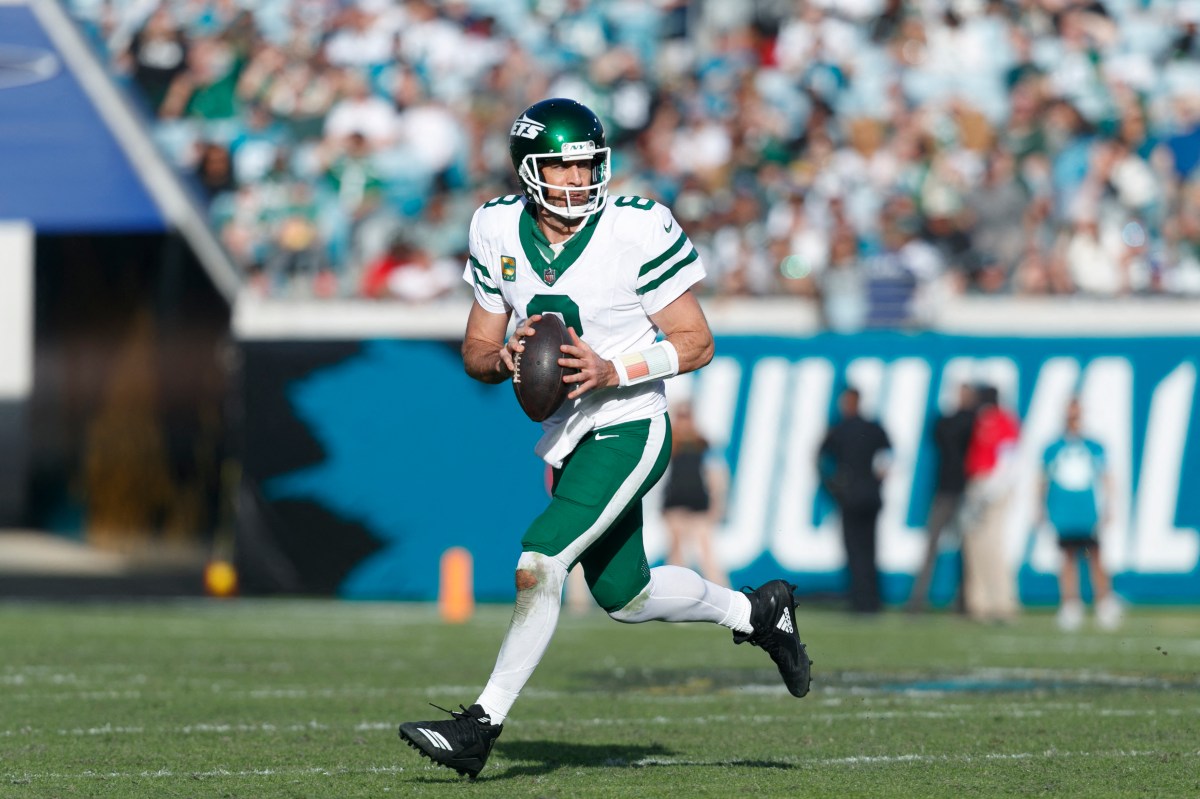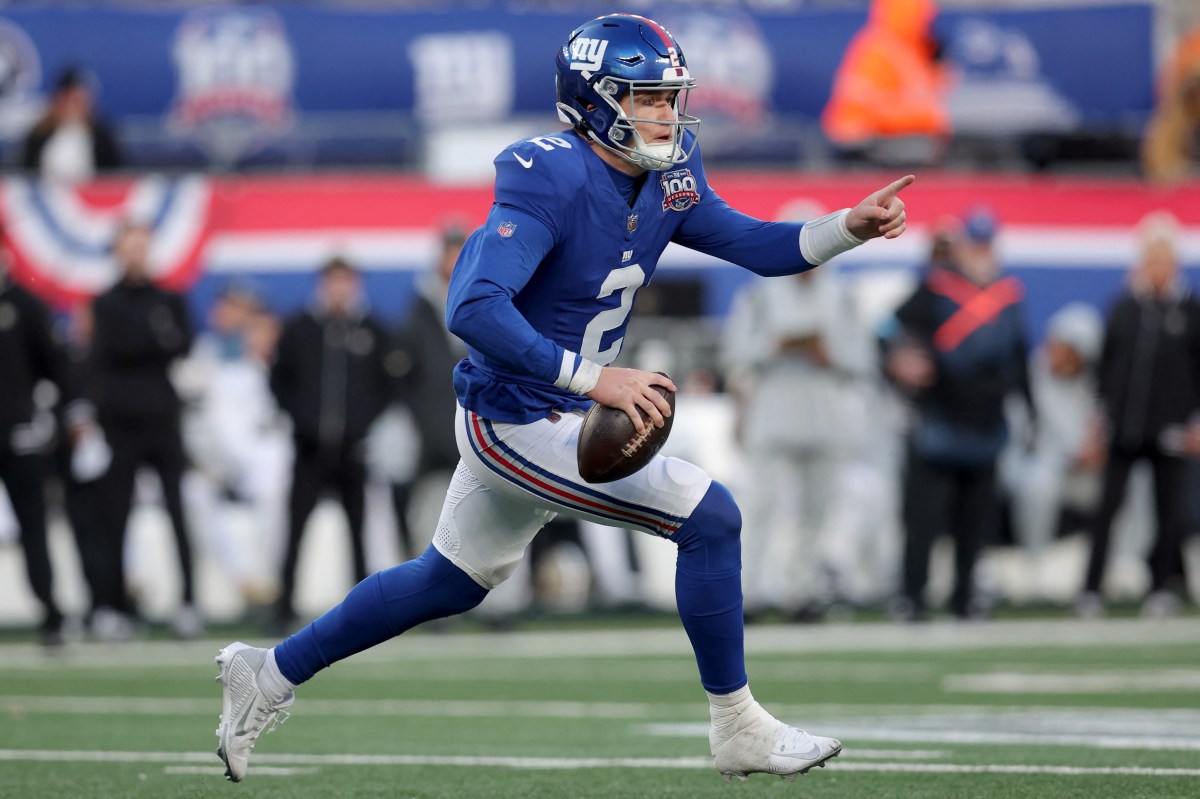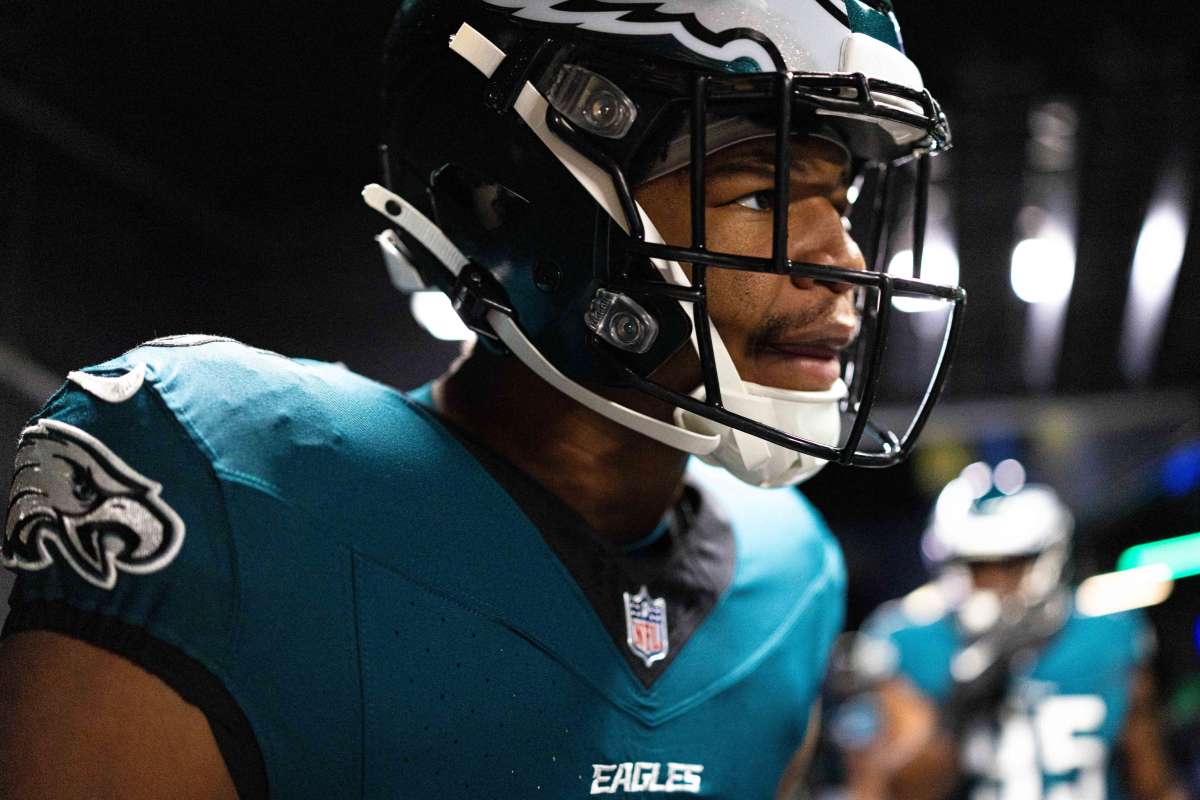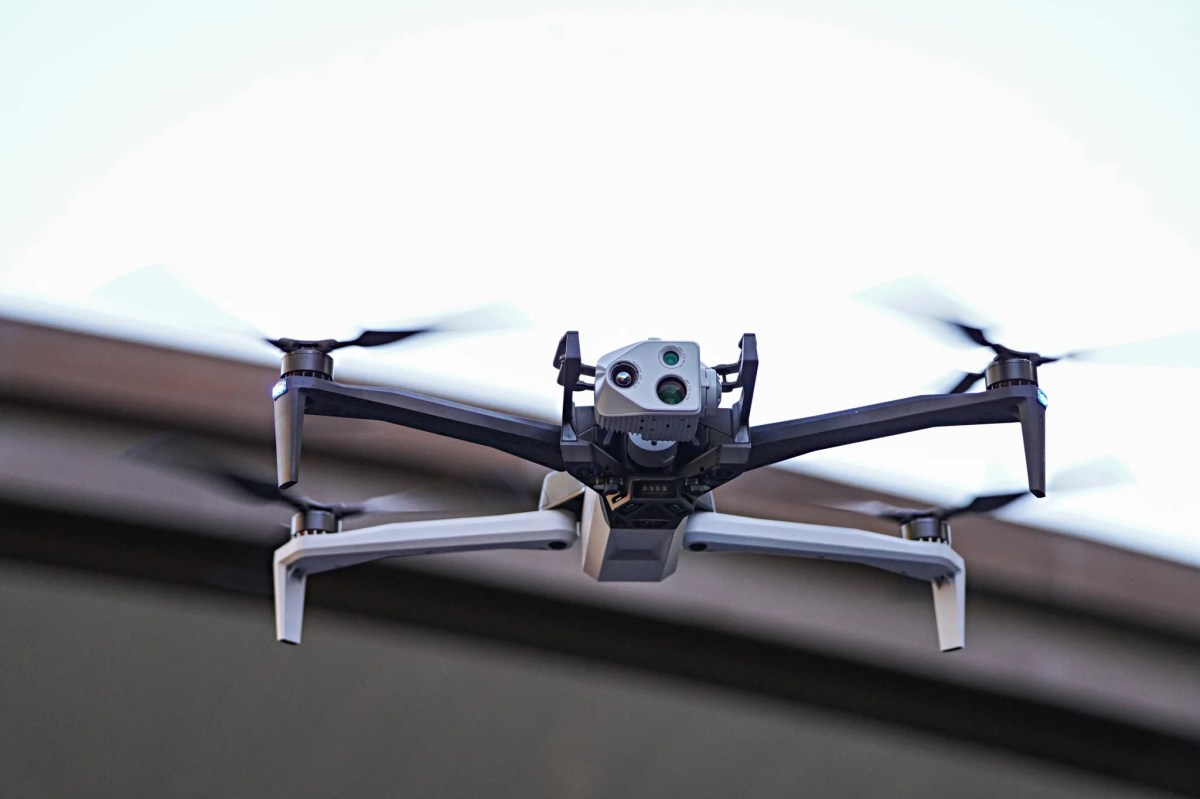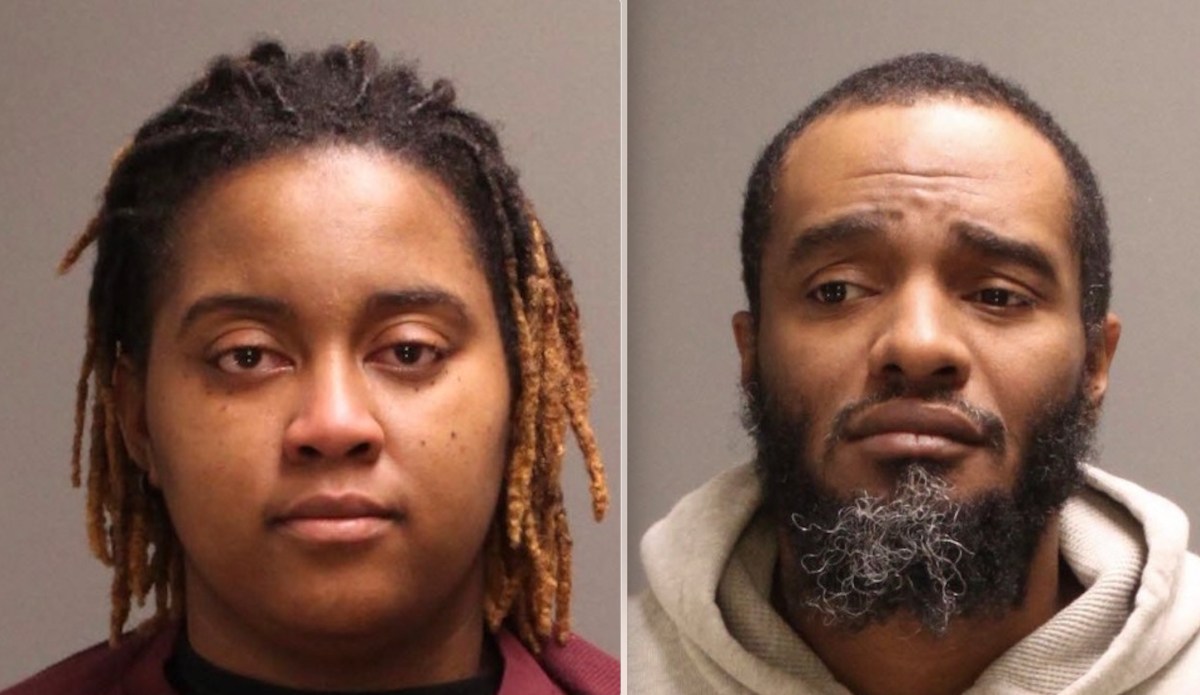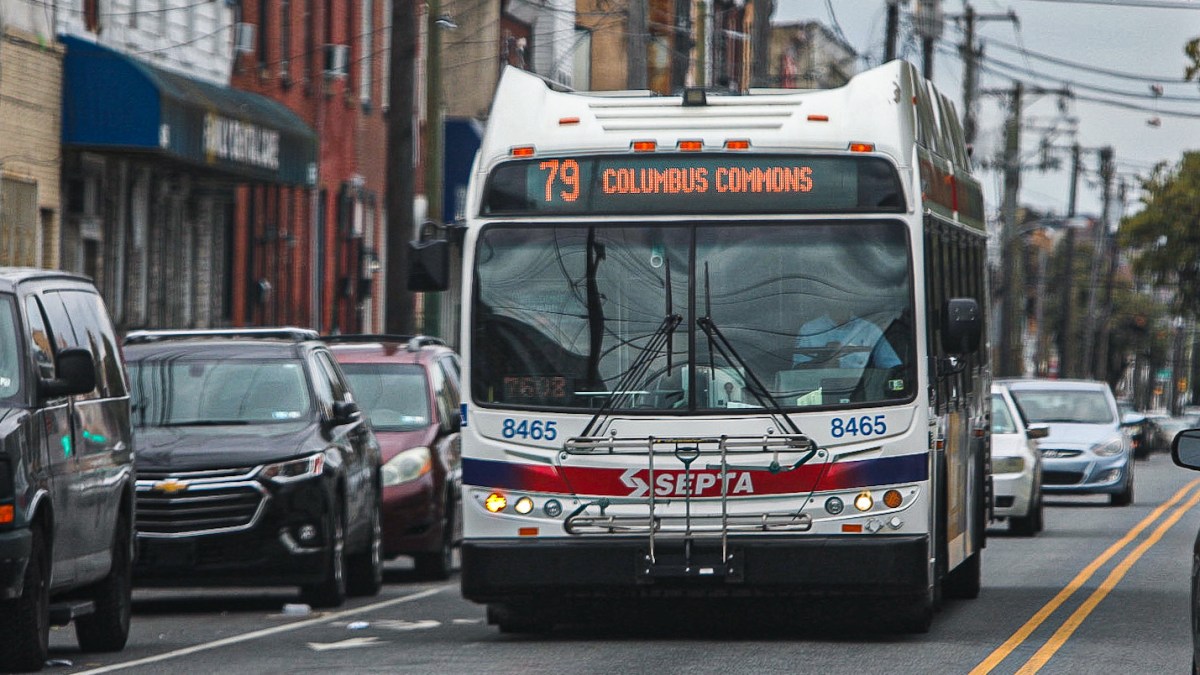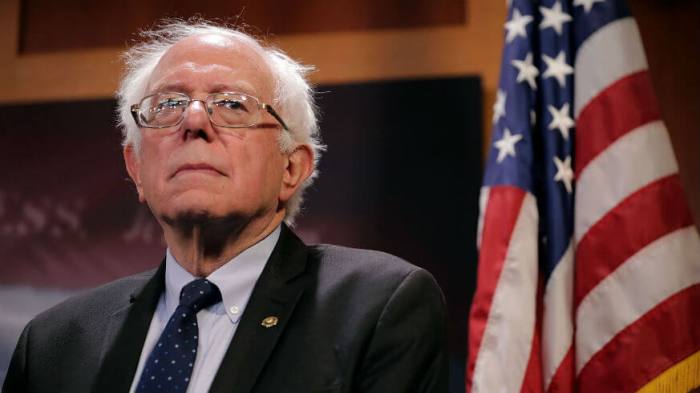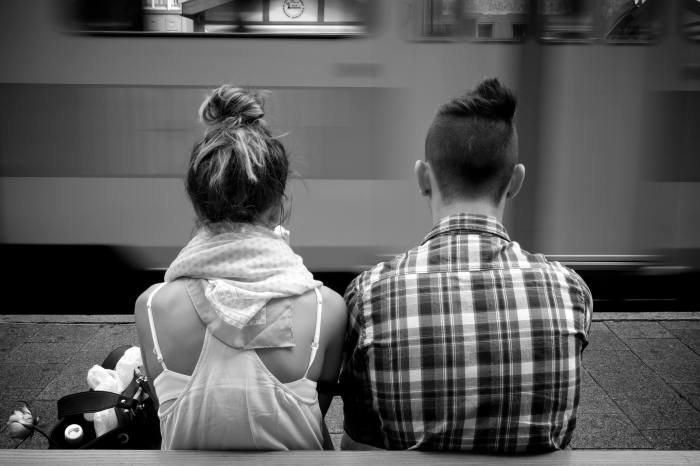Just in time for Valentine’s Day, asurveyshows thatmoreAmericansarelooking for love through online dating, withmorethan four times as many young adults using mobile apps than in 2013.
Thesurveyof 2,001 U.S. grown-ups by thePewResearch Center said on Thursday that 15 percent have used online dating sites and/or mobile dating applications, up from 11 percent in early 2013.
Twenty-seven percent ofAmericansaged 18 to 24 say they use online dating, almost triple the level in 2013. The number that have used dating applications such as Tinder on a mobile device has risen to 22 percent from 5 percent, thesurveysaid. RELATED:Single and Swiping: First dates on Valentine’s Day are a thing now Users of the high-tech tools can “really narrow down their pool of potential partners in a way that’s muchmoreefficient and simple than it might have been in the past,” said Aaron Smith, associate director forInternetresearch atPew. Dating apps on cell phones have been used by almost one in 10 U.S. adults, triple the level three years ago.
AmongAmericans55 to 64 years old, 12 percent have used online dating, double the percentage three years ago, thesurveysaid.
Four of fiveAmericanswho have gone online to find a date say it is a good way to meet people, and 62 percent agree that online dating helps people find a better match.
RELATED:Are gyms the next destination date spot? But thesurveyshows the caveats that come with going into cyberspace for a date. Forty-five percent of online dating users agree that it ismoredangerous than other ways of meeting people.
Almost a third say that online dating keeps people from settling down, because they always have dating options.
Smith said release of thesurveyresults had been timed to coincide with Valentine’s Day on Sunday.
“We thought this was an interesting angle on the state of modern love,” said Smith.
The telephone poll was carried out via landline and cellphone interviews in English and Spanish from June 10 through July 12, 2015, among a sample of adults 18 years of age or older in all 50 states and the District of Columbia. The margin of error is 2.5 percentage points.
27% of young adults use online dating: Survey

Getty Images







